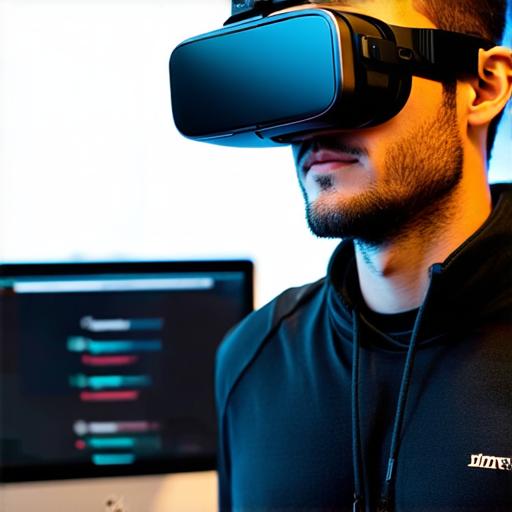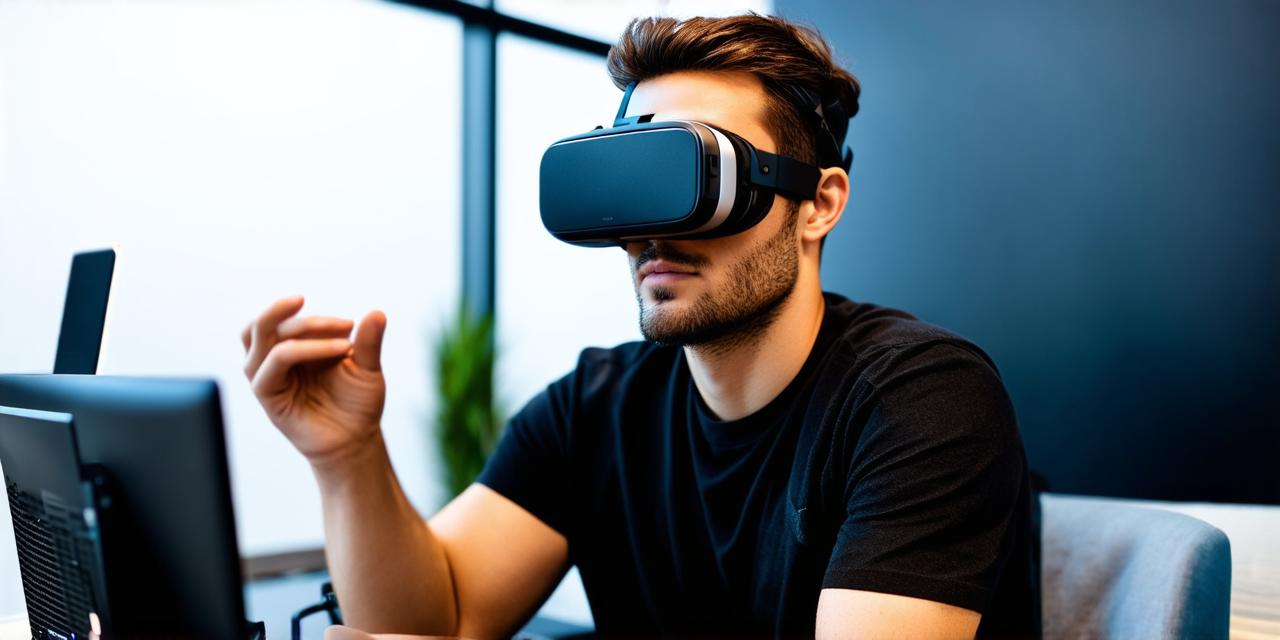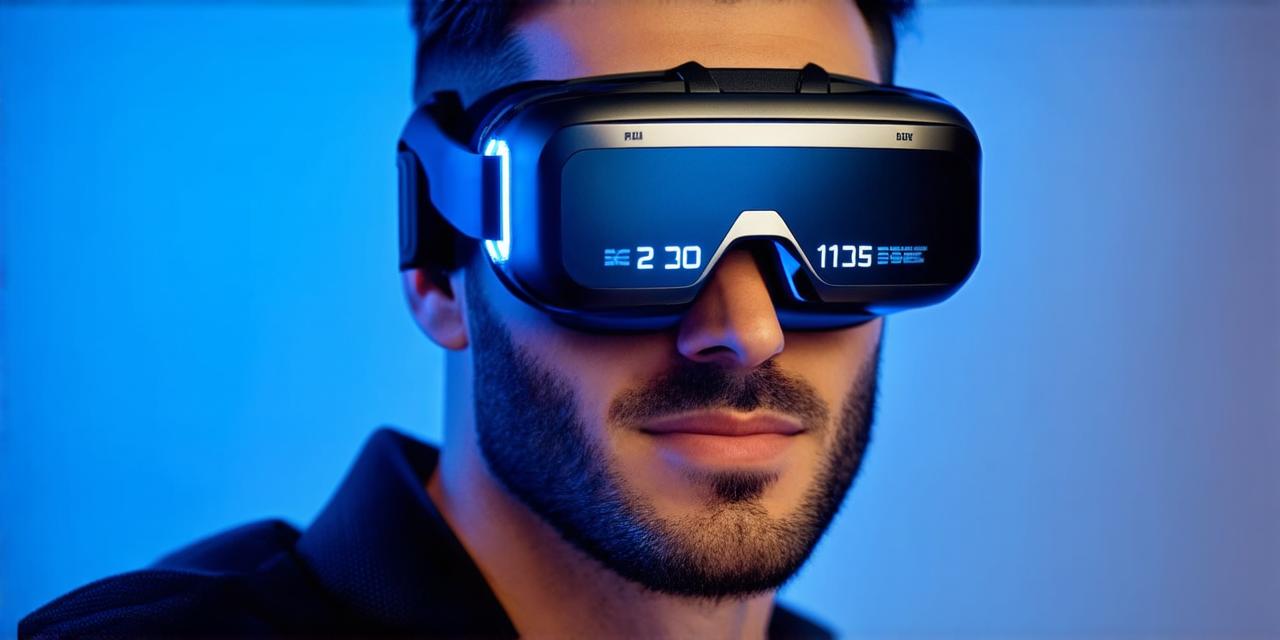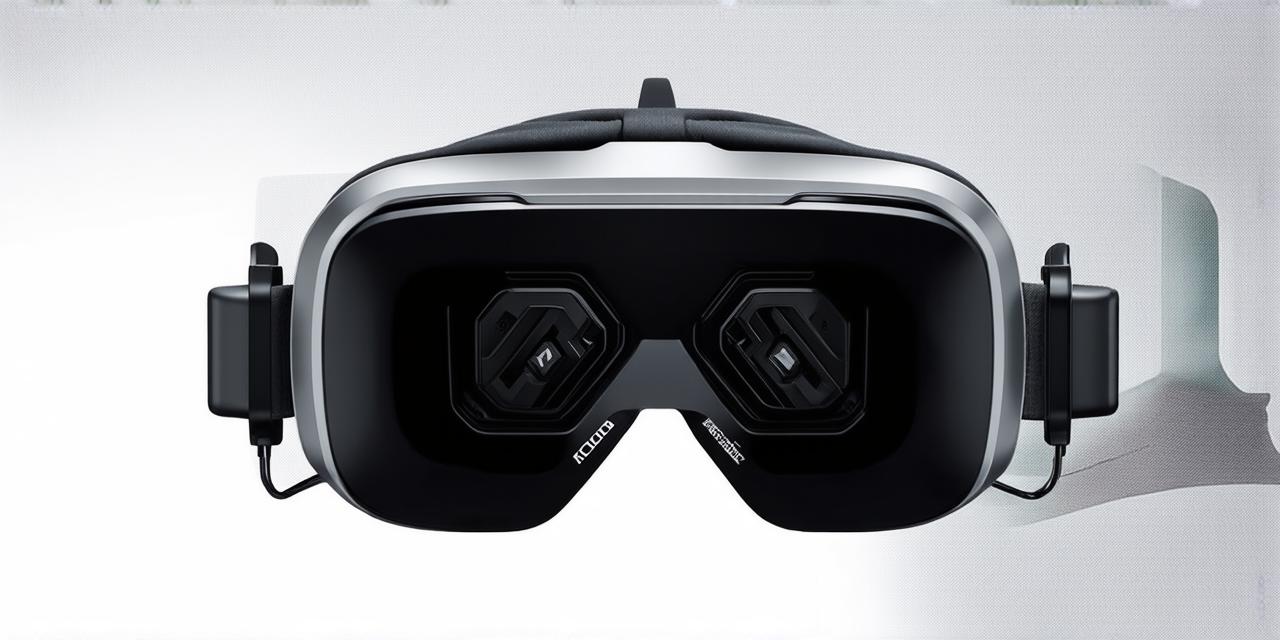1. Choosing a VR Headset
The first step in operating a virtual reality headset is choosing the right one for your needs. There are several options available on the market, each with its own unique features and capabilities. Some popular VR headsets include:
- Oculus Quest 2
- HTC Vive Pro Eye
- PlayStation VR
- Samsung Gear VR

When choosing a VR headset, consider factors such as resolution, refresh rate, field of view, and connectivity options. For example, if you plan to use your VR headset for gaming, you may want to choose one with a high refresh rate and low latency. On the other hand, if you need to create content for educational or healthcare purposes, a VR headset with a wider field of view may be more suitable.
1. Setting Up the Hardware
Once you have chosen your VR headset, the next step is to set it up. Here are some general steps to follow:
- Connect your VR headset to your computer using a USB cable or via Wi-Fi.
- Install the appropriate software for your VR headset. This may include drivers and firmware updates.
- Adjust the settings on your VR headset, such as the resolution, refresh rate, and field of view.
- Put on your VR headset and adjust the straps to ensure a comfortable fit.
Some VR headsets may require additional setup, such as calibrating the sensors or adjusting the IPD (interpupillary distance). Be sure to follow the manufacturer’s instructions carefully to ensure proper setup.
1. Choosing the Right Content
Now that your VR headset is set up and you are wearing it, it’s time to choose the right content. There are several types of VR content available, including:
- Games
- Educational applications
- Training simulations
- Healthcare applications
When choosing VR content, consider factors such as the intended audience, the level of immersion required, and the complexity of the experience. For example, a game designed for children may be less immersive than one designed for adults. Similarly, a healthcare application may require more complex interactions than an educational application.
1. Troubleshooting Common Issues
As with any technology, VR headsets can experience issues from time to time. Here are some common issues and how to troubleshoot them:
- Motion sickness: Some people may experience motion sickness when using VR headsets. To reduce the risk of motion sickness, adjust the settings on your VR headset to a lower refresh rate and narrower field of view. You can also try taking breaks or moving around while wearing the headset.
- Blurry vision: If you are experiencing blurry vision while using your VR headset, it may be because the IPD is not set correctly. Adjust the IPD settings on your VR headset and try again.
- Tracking issues: If you are experiencing tracking issues with your VR headset, it may be because the sensors are not calibrated properly. Try recalibrating the sensors or adjusting the tracking settings on your computer.
1. Conclusion
Virtual reality technology is an exciting and rapidly evolving field. As an AR developer, incorporating VR into your projects can take your content to the next level of immersion and engagement.




